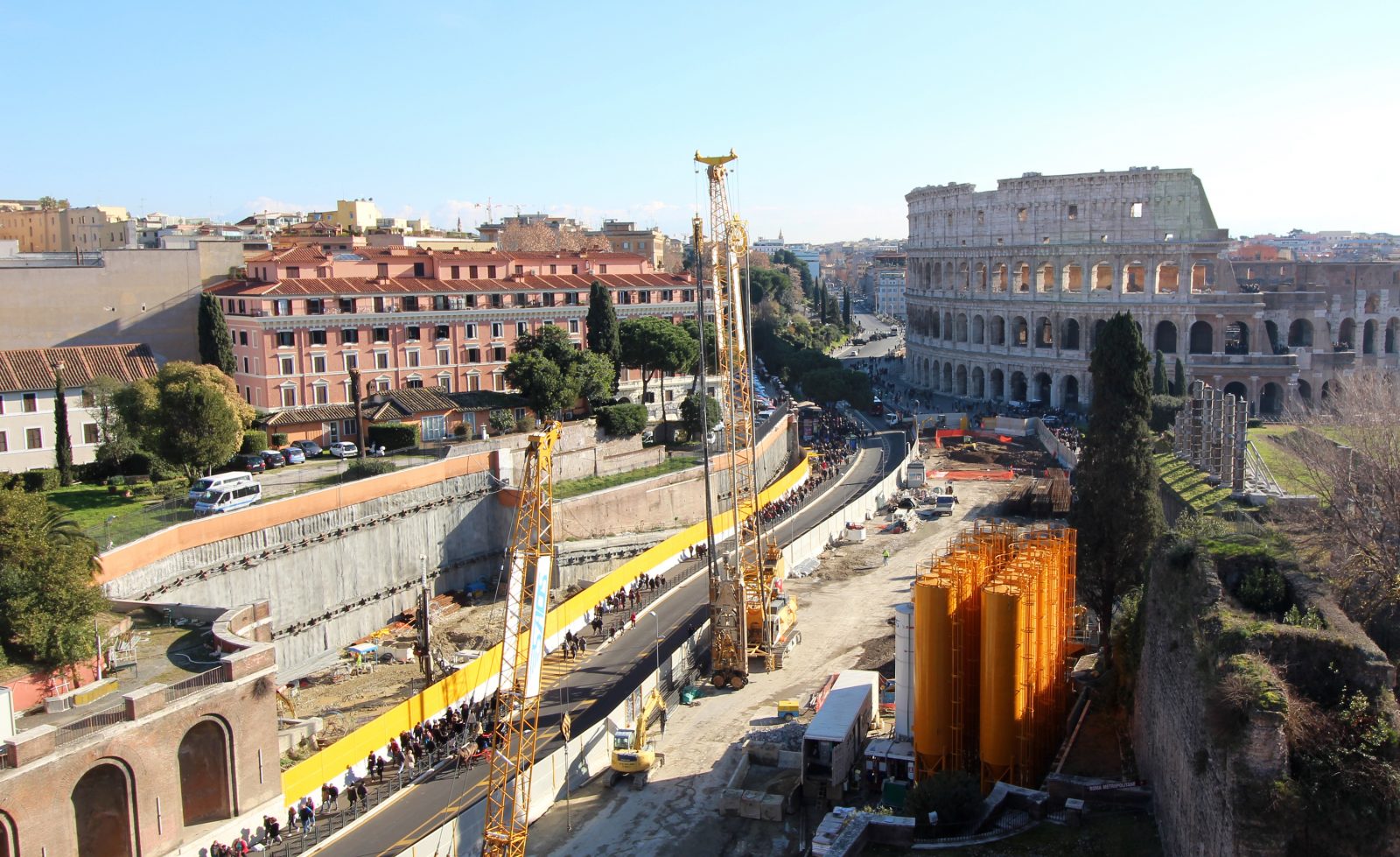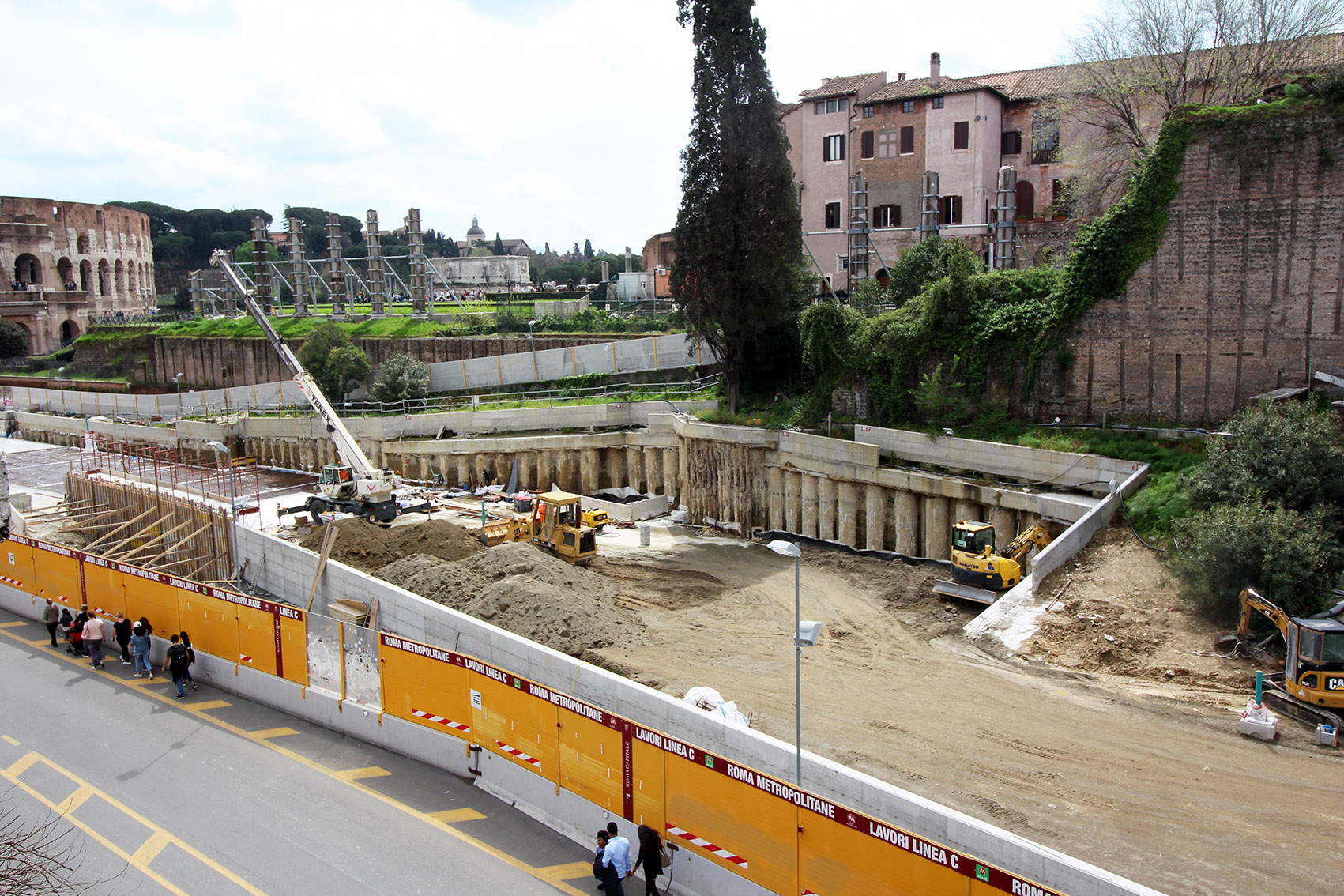Metro C, the General Contractor for the construction of Line C, has been planning and conducting a series of non-destructive tests since 2008 to verify the state and preservation of the monument and to analyze its interaction with the construction of Line C.
The significant campaign of investigations carried out has allowed for the precise definition of the monument’s internal geometry, the determination of materials and types of masonry, as well as their mechanical parameters.




